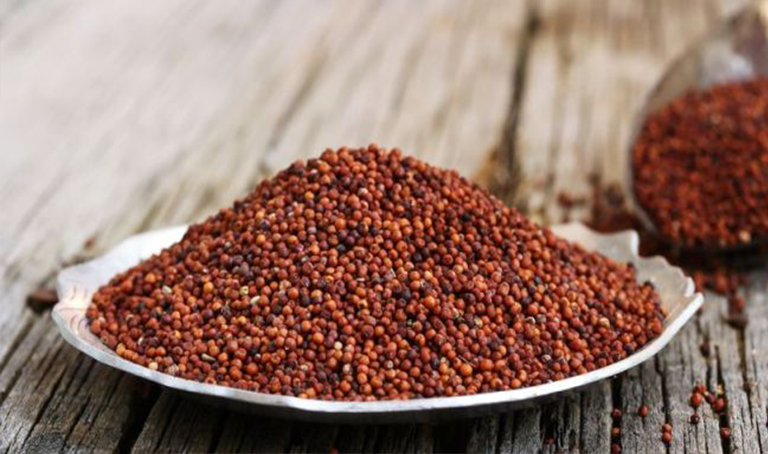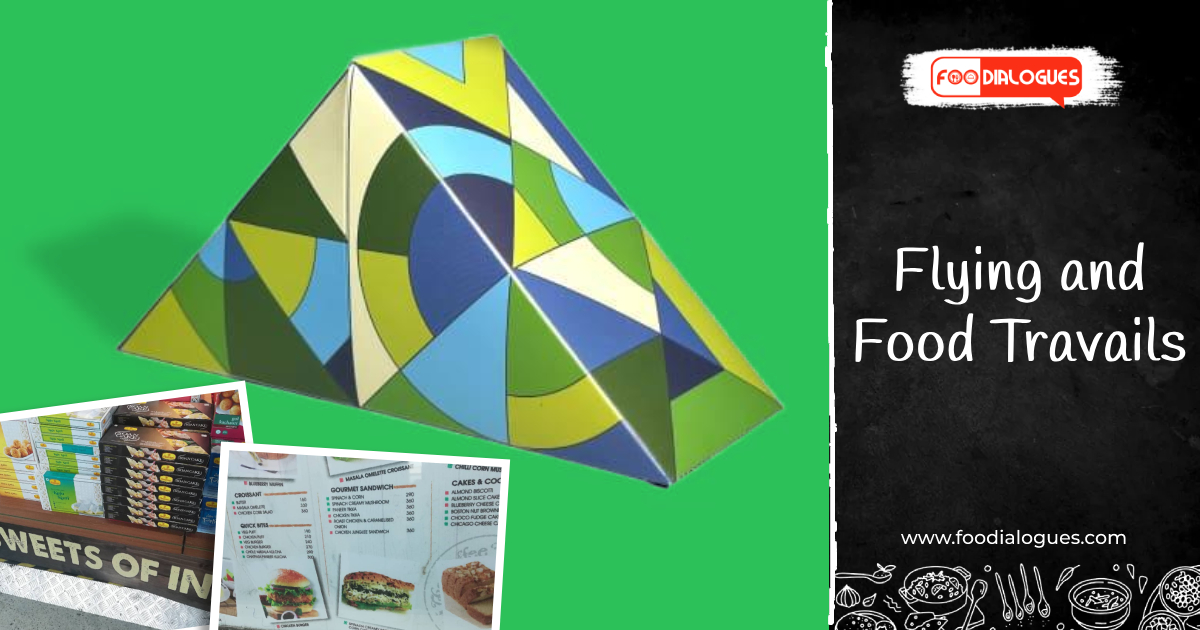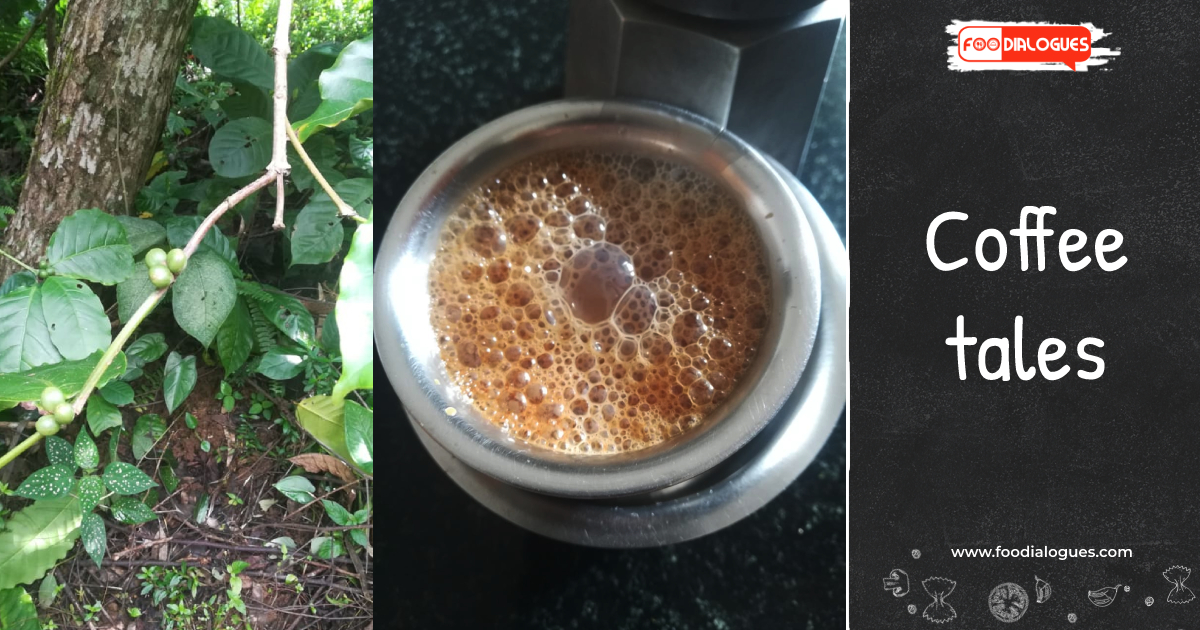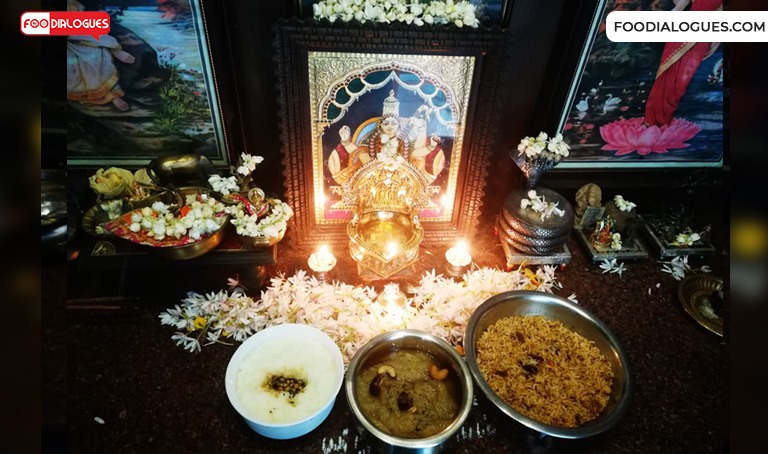Our family had come down to Chennai, a yearly ritual every summer. This was the time that we would get to bond with our not so big extended family of uncles, aunts and cousins. It was during one such hot summer afternoon that my grandmother busied herself in making the spicy ragi rotis for our afternoon snack. The aroma from the kitchen was so intense that we could not wait to taste the food. We all trouped into the kitchen expecting a nice golden brown snack but alas, were disappointed to see the dark brown discs pan frying on a griddle. I immediately started lamenting…Paati..What is this? …we are hungry and want something tasty to eat… My great- grandfather called us and made us sit around him as he eased himself into his easy chair. He said what your paati is making is called ragi adai ..a tasty and nutritious snack .Lord Hanuman’s shakthi is because of this ragi and began to narrate a story.
Lord Rama returned to a jubilant Ayodhya after winning over and slaying Ravana. He was given a joyous welcome by the people of the kingdom and was soon crowned the King of Ayodhya. After the coronation Lord Hanuman expressed his desire to get back to Kishkintha. He told Rama that he desired to carry a few things with him from Ayodhya while getting back home. Rama bowed down to him and told Hanuman that he could take anything that he desires from his kingdom. Lord Hanumam chose Ragi amongst a lot of other items that he wished to carry. The choice to carry Ragi irked Rice which felt very degraded and humiliated. So the rice marched up to the Lord asked for justice. Lord Rama summoned Lord Indra to sort out the matter. Lord Indra, the king of Swarga- lok could not make it to Ayodhya immediately he had to look into the functioning of the heavens, thunder, lightning, storms, rain, river flows and so on. Both rice and ragi waited for Indra patiently. Finally Lord Indra arrived at Rama’s court and the verdict of who is better-Rice or ragi was place before him. One look at both and Indra said Ragi of course…. Rice was already infested with weevils while ragi remained as fresh as it was harvested.
The story aside, the truth is that ragi is a hardy grain that is grown without the use of any pesticides. The shelf life of the harvested grain runs to years. Hence Ragi or finger-millet is the most preferred crop by farmers in dry land agricultural regions.
Ragi is a grain that originated in Eastern Africa along the stretch of Ethiopia, Sudan and Uganda.1st Neolithic sites in Sudan show evidences of this grain dating back to the 4th century AD. Similar evidences are seen in Ethiopia the land of Queen Sheeba, around 1st century AD to 7th century AD.
The strong trade links between India and Africa for the import of ivory and gold and export of spices and silk brought along with it this valuable grain –ragi. Though grown in several places in India, the major Ragi bowl is Karnataka. This millet looks like mustard seeds, small tiny round grains that are dark red-maroon in color. The ragi flour is a delighting pale pink in color. This flour is used to make spicy rotis, jaggery rotis,idlis, dosa, laddus and porridge. The ragi kanji occupies important place as a weaning food for babies. Though it was dismissed as a coarse grain and an inferior crop some time back its popularity is now regained and this nutritious grain is being put to a lot of culinary uses. Ragi-Mudde ( ragi dumpling) and ragi koozhu is now seen on the dining table of several affluent households. The flour is being experimented in bread making, cakes and cookies too .




